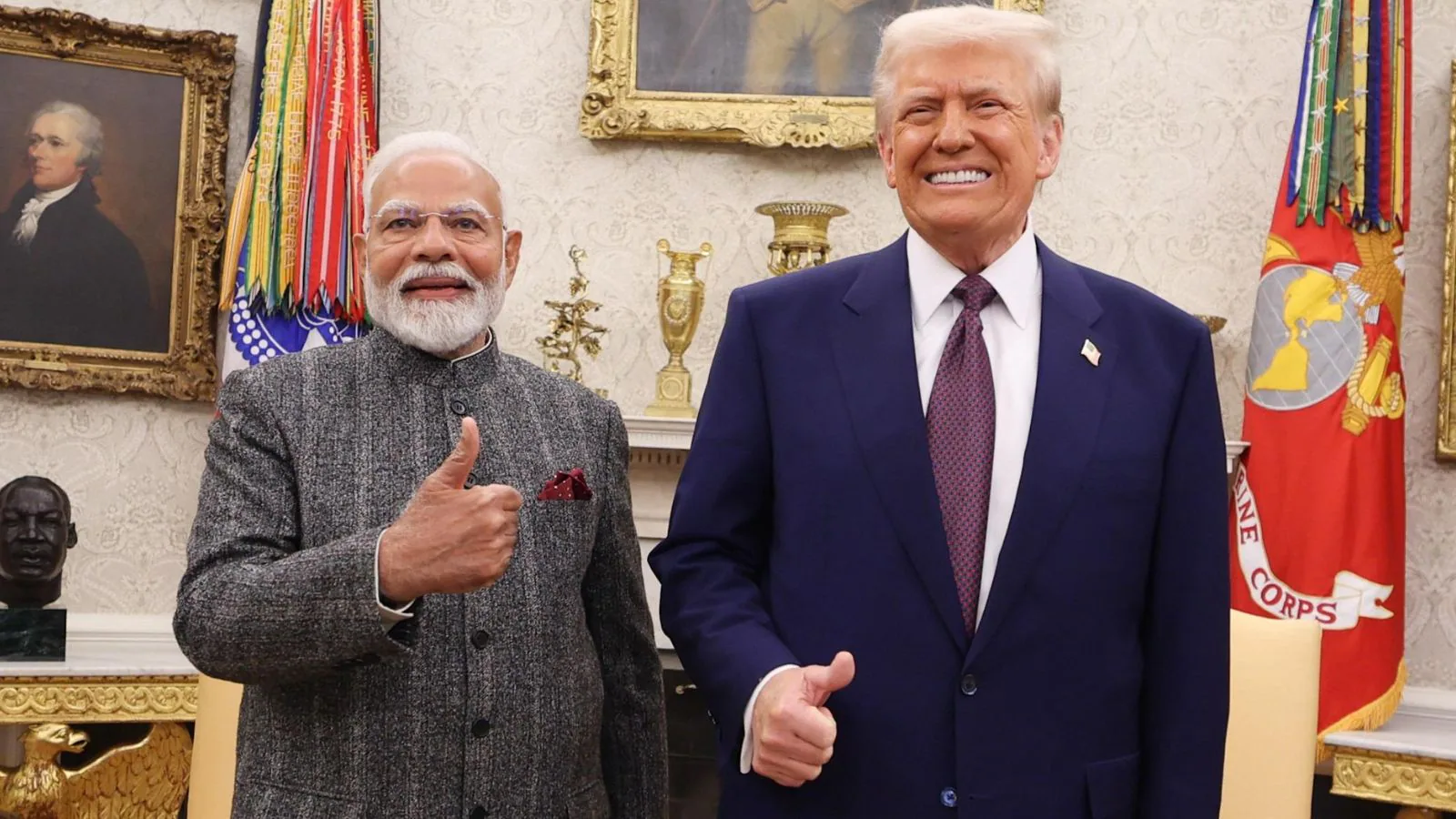By Manjiri Joshi News18
India and the United States are likely to make a final decision on a mini-trade deal within the next 24 to 48 hours, CNBC-TV18 reported on Sunday citing sources.
The average tariff under the mini deal is likely to be around 10%, while the talks on comprehensive Bilateral Trade Agreement (BTA) are expected to begin after July 9, which marks the end of the 90-day suspension period of the Trump tariffs announced on April 2 on dozens of countries, including India, the report added.
As per the report, the mini-trade deal is likely to have annual quotas for lower tariffs on certain labour-intensive products from India. Certain American agricultural products, such as pecan nuts and blueberries, may be provided with lower tax rates.
A look at India-US trade negotiations since the announcement of US President Donald Trump’s tariffs:
April 2: Trump announces 10% baseline tariff on most imports, calling it the ‘Liberation Day’ action. He says a second wave of reciprocal tariffs (up to 26-27%) is set to hit countries with “unfair trade barriers”, including India, starting April 9.
April 5: The first tariff wave takes effect.
India then opens negotiations immediately, offering to reduce tariffs on select U.S. exports, including motorcycles (Harley-Davidson), whiskey, network and IT hardware. India seeks to shield sensitive areas like dairy and agriculture.
April negotiations: India & the US sign a negotiation framework (Terms of Reference). They focus on tariff reduction, market access, digital goods, excluding immigration and IPR (intellectual property rights).
India proposes “zero-duty” treatment on certain strategic imports under PLI (Production Linked Incentive) schemes. Also, a “forward MFN” clause, which means if India gives better terms to another country in the future, the US gets the same benefits.
April 9: Trump announces a 90-day pause on implementing higher, country-specific reciprocal 26-27% tariffs, temporarily easing pressure on several countries, including India.
May 20 & 23: Commerce Minister Piyush Goyal holds meetings in Washington, D.C. India and the US aim for a “mini-deal” by early July to prevent the 26-27% tariff hike.
India agrees to lower tariffs on select US agri and industrial goods. It keeps dairy and wheat sectors protected due to domestic sensitivity. Trump publicly praises India for offering “zero tariffs on key items”. Markets react positively: Sensex jumps 1,300+ points.
June: The final rounds of negotiation begin. Delegations from both sides exchange legal texts. Rules of origin, certification and compliance, dispute resolution clauses remain the sticking points. US officials say the deal is “90% done” but caution that final compromises are needed.
July 1: EAM S Jaishankar says an agreement needs “give and take.” India insists on excluding dairy and rice. The US continues to push for greater agri access.
July 6: Trump extends tariff deadline to August 1, praising India’s efforts but warning other countries.
July 7: Talks continue at high levels. US Treasury Secretary Bessent says deal is “very close”. Financial markets stabilise in anticipation.
July 7: Trump says he will send the first set of tariff letters, including trade deals, to several countries, which are expected to include new reciprocal tariff rates that will take effect from August 1. The US president announces that any country aligning with the BRICS, which includes India, Brazil, China and Russia, will be charged with an additional 10% tariffs.
